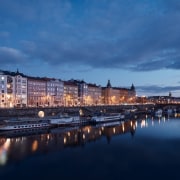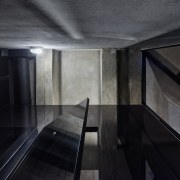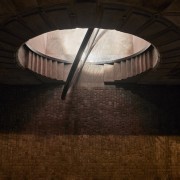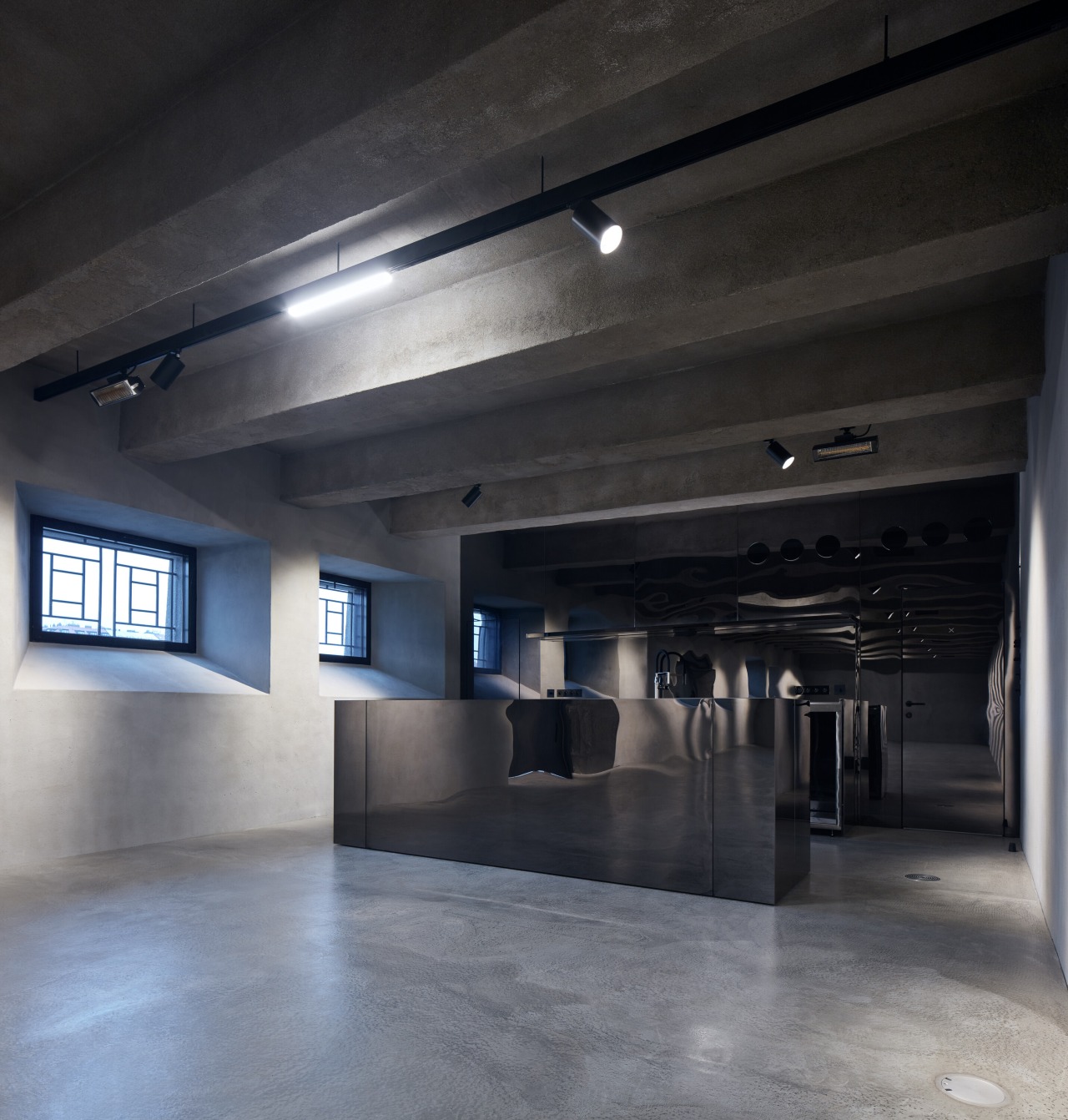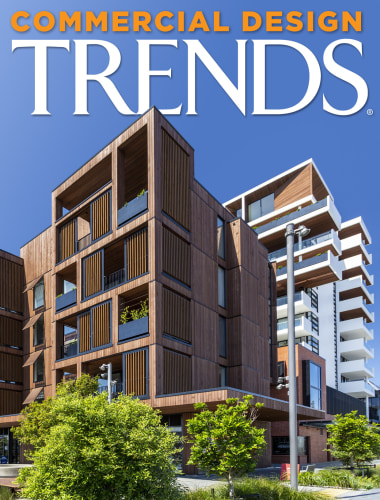The world's most beautiful city now has a riverfront to match
A linear public space of waterfront promenade including sculptural vault openings has been reinvented to better connect the city of Prague to its beautiful flowing river
Designed by Petrjanda/Brainwork
From the architects:
Description
The original project took place over 10 years. We co-initiated it in 2009 as a program and architectural revitalisation of the Prague riverfront area that was built as a quay and shipping point. The area was deserted after the 2002 floods and used as a car park. Over time, it has galvanised cultural and social revival, and subsequently, architectural rehabilitation.
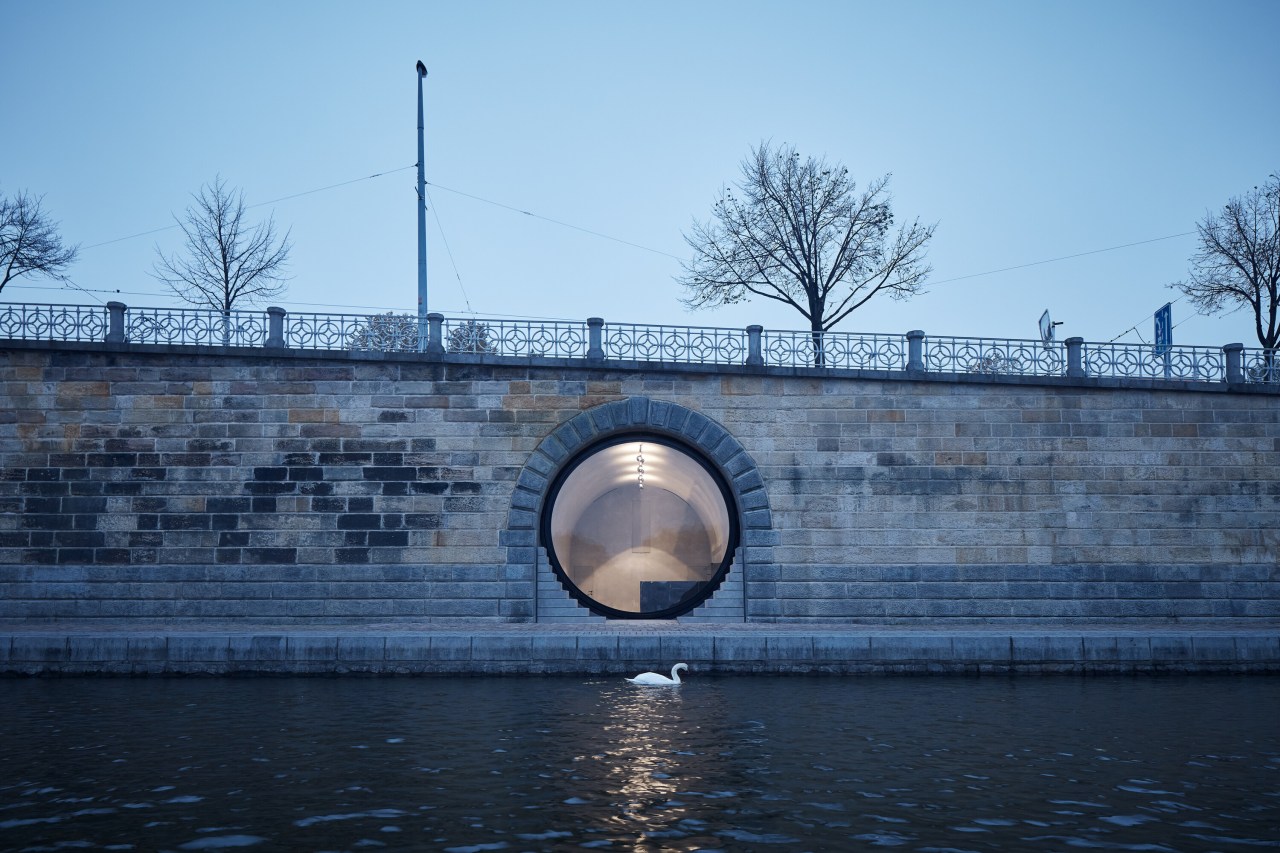
Urban context
Prague’s riverfront area is an area of city-wide significance, enabling a unique symbiosis of public space with the spinal cord of the city: the Vltava River. The vast revitalized riverfront area stretches along the three Prague embankments: Rašín, Hořejší and Dvořák, almost 4 km in length.
Our programme focused on the reconstruction of 20 vaults in the riverside wall (originally ice storage areas). Instead of creating classic interiors, the vaults are merged with the exterior so as to maximise contact with the riverfront area and the river.
Programme
The vaults will serve as cafes, clubs, studios, workshops, galleries, a library branch, space for neighbourhood meetings and public toilets. The spaces are designed as a base for all operational and technical facilities and a bar that can be moved to different positions.
Architectural design
The former metal curtain wall and stone construction built into the original bridge arches of the riverfront wall were knocked down and replaced with large-format glazed round windows that open by diagonal rotation inside the frame.

The stone arched linings of the existing portals are completed with stone stepped volumes, which hide the installation shaft, air-conditioning vent and anti-flood control elements.
The elliptical pivoting windows made of organic glass 7cm thick and 5.5m in diameter weigh approximately 2.5t. Each has a unique shape and, due to their size, are probably the largest pivot windows in the world. Opening and closing is engine powered.
In the vaults with public toilets, the entrance wings follow a smooth arc into the interior membrane separating the cabins from the public area.

Structure and materials
During the reconstruction, all built-in elements, including floors, were demolished.
Flood control reinforced base slabs with pumping sumps were made, water infiltration was repaired and walls were insulated and finished with reinforced concrete on load-bearing reinforcements.
The surfaces of the walls and ceilings are designed as sandblasted concrete with a cast concrete floor and a cast monolithic staircase. The hatches and doors are finished with surfaces corresponding to the adjoining surfaces of the walls and floors (sandblasted and cast concrete and impregnated black steel in the public toilet vaults).
In the vaulted spaces, built-in inserts for hanging exhibitions are inserted into the surfaces. The inserted parts of bars and partitions are clad in black titanium-coated stainless-steel plate.
In the public toilets, the lighting is designed using light ramps as indirect lighting embedded in a steel wall with light reflection from the ceiling.
Technical design
A combination of floor heating with air-conditioning with heat recovery and infrared heaters allows year-round operation, so the vaults can be connected with the riverfront area with the windows open all year.
All of the engineering distributions are integrated into the vault structures so that they do not interfere with the visual design.
The electrical installation outlets, water and sewerage are hidden in built-in cylindrical floor boxes.
The vaults are barrier-free, protected by portable flood-stop barriers.
Credit list
Architect
Architecture team
Window frames
Special steel structures – doors and bars
plasters and floors
Patination
Atypical doors
Principal architect
Glazing
Engine and safety components
Special isolation and concrete structures, torkrets, floors, stairs
Sgraffiti carved in surfaces
HVAC
Flood control
Home kitchen bathroom commercial design
From farmhouse to farmstead
Walk this way – garden pathways to lead your thinking
Bigger or smaller?
Commercial Design Trends Vol. 34/3C
While apartment living has always been prevalent in some cities, there are others where it is still a developing accommo...
Read More
